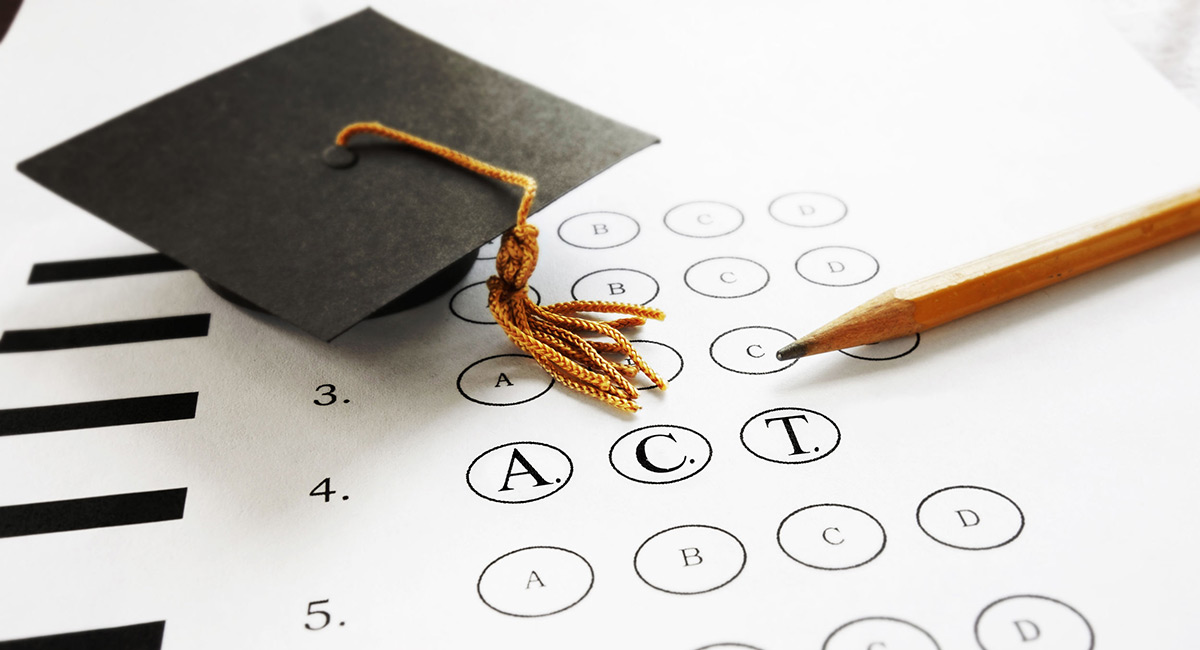My friend George Leef of North Carolina’s James Martin Center recently alerted me to a fine new National Bureau of Economic Research study showing that data suggesting there has been improved academic performance by American college students is illusionary: schools are simply lowering their standards. A primary culprit? Grade inflation.
For several decades in the 20th century, college completion rates were embarrassingly low and sometimes falling—many students entering college failed to graduate. Over the last generation or so, however, that has reversed: college completion rates are rising again. In “Why Have College Completion Rates Increased? An Analysis of Rising Grades,” a quintet of scholars now associated with Brigham Young, Purdue and Stanford Universities as well as the U.S. Military Academy (West Point), exhaustively (71 page paper) examine the issue.
As the authors point out, several things could have led to rising college completion rates: better pre-college academic preparation, rising wage premia associated with degrees, an increase in study times, falling real prices of attending college and rising state support for universities are five such factors. In reality, however, the trends with respect to these important factors in most cases suggested that over time a smallerproportion of entering students should have graduated from college within six years of entering.
But one thing that is vitally important to completing college is grades, and continued grade inflation over time has made it easier to graduate from college since students receive fewer failing or very low grades unacceptable for receipt of a diploma. According to one time Duke professor Stuart Rojstaczer, in 1940, the average GPA of American college and universities students was below 2.5 on a four point scale—more “C”, “D” and “F” grades compared with “A” and “B”s. That was still true when I attended college in the collegiate Golden Age of the late 1950s and early 1960s. But by the end of the twentieth century a typical grade was “B”, and by early in the last decade the average had risen still further, with average GPAs exceeding 3.1.
At the same time, research by Philip Babcock and Mindy Marks and others show that American college students are spending far less time on their studies than they did a couple of generations ago. Broadly speaking, American college students typically are earning much higher grades than those of a half century or so ago, but doing about one-third less work. Doing less for more—but at a far higher cost.
It’s actually worse. American students enter college less prepared than counterparts in other countries or, in some respects, Americans of two generations ago. From 1972 to 2016, the average verbal score on the SAT test fell about 35 points, and on the PISA international assessment in science and math (given to 15 year old secondary students), U.S. student performance is abysmal, well below Asian standards (China, Japan, Korea) and even relatively poorer European nations like Poland.
To entice kids to go to college, the schools apply low grading standards, and wink at excessively libertine lifestyles replete with lots of sex and booze, sometimes illicit drug use.
In spite of all of this, however, fewer kids will go to college this fall than a decade ago. Here are 5 reasons:
- Kids are often paying a lot of money to learn relatively little, while not exercising fully their capacity to learn;
- Colleges increasingly are intolerant of those not subscribing to a woke, progressive view of the world with which many Americans are uncomfortable;
- The cost of college has risen sharply, and it is a greater burden to finance it today than it was 25 or even 50 years ago;
- Many graduates become severely underemployed, taking jobs traditionally filled by those with a high school education; why go to college to become a bartender?
- Birth rates are low and falling; fewer babies were born in 2000 (college age now) than 40 years earlier, and 10% fewer still were born in 2020.
In the short run, the Biden bailout of colleges may get them through current tough times, but, as I have said before, huge amounts of federal largesse are not permanently either politically or economically feasible in the long run.













